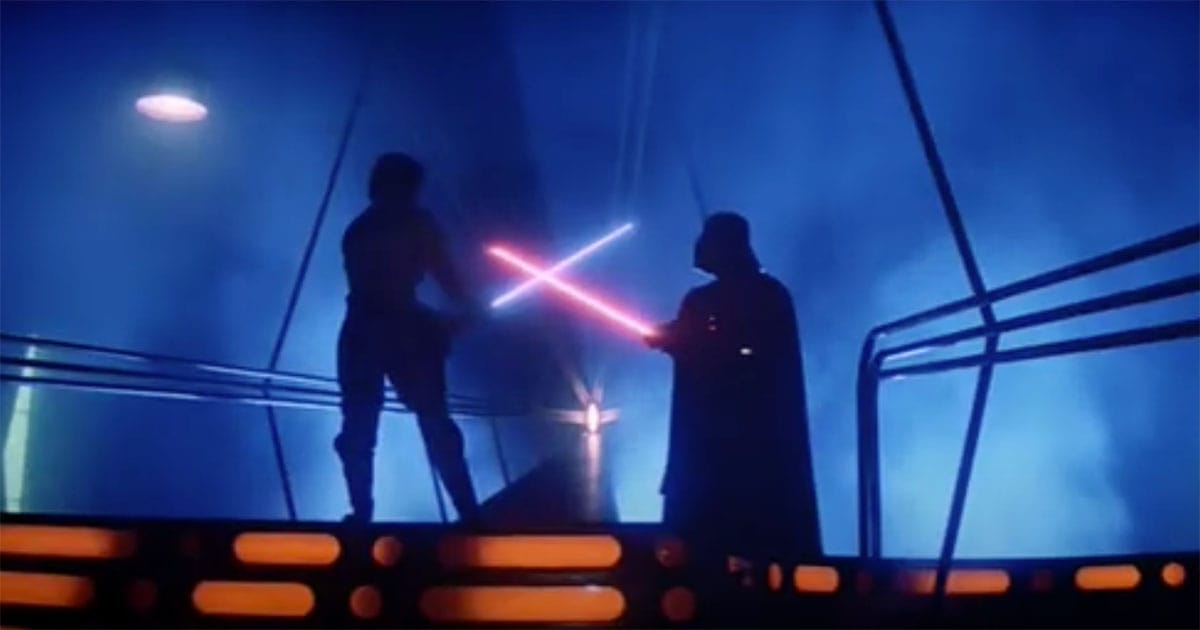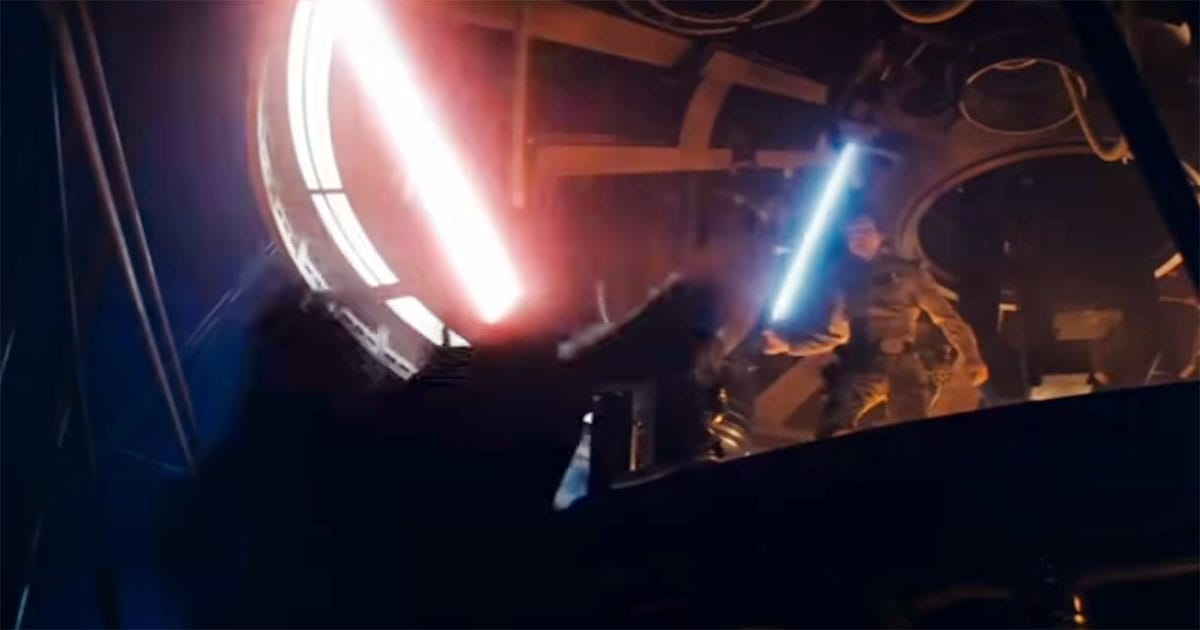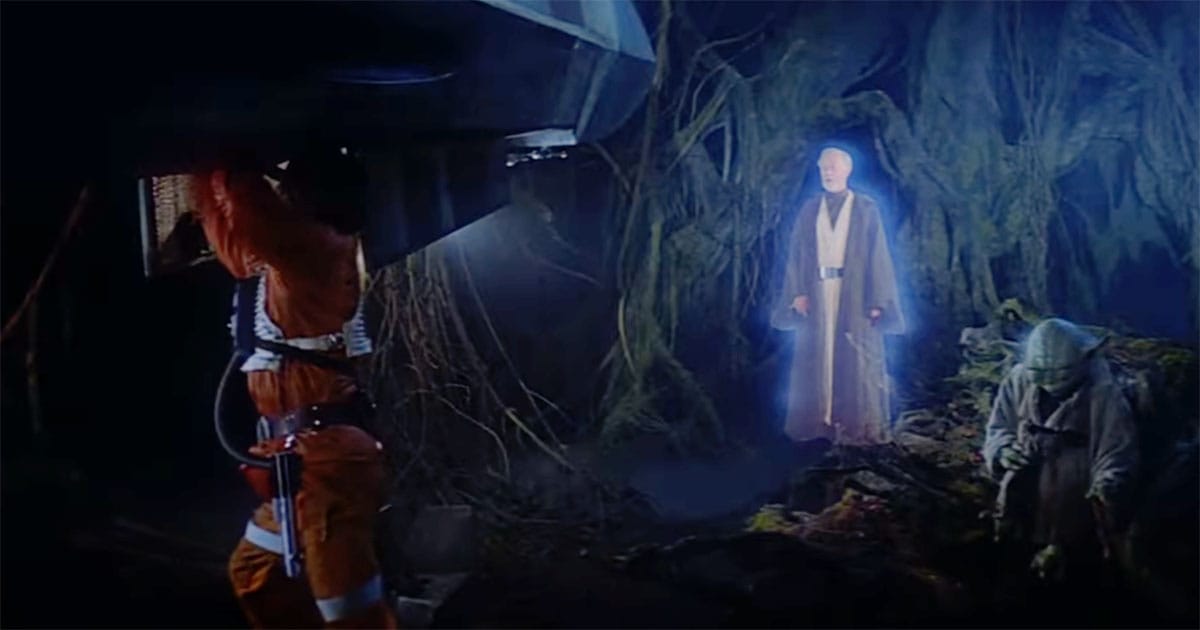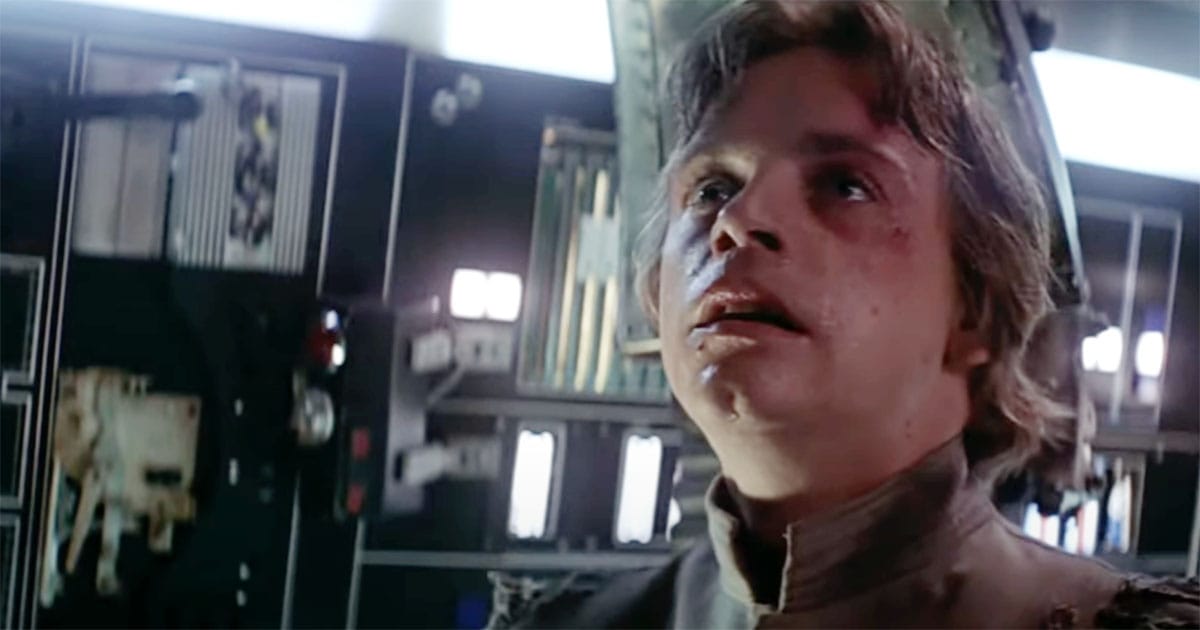What Luke’s Brief Victory in "The Empire Strikes Back" Really Means

When "The Empire Strikes Back" premiered in 1980, it did something rare in cinematic history—it advanced a franchise not through escalation alone, but through introspection and complexity.
It deepened the mythos of "Star Wars," turning a once-simple tale of rebellion into a layered epic about identity, destiny, and temptation. Over the decades, the film has become a touchstone for science fiction enthusiasts, revisited countless times for its atmosphere, character arcs, and perhaps most famously, its devastating twist.
Yet familiarity often blinds us to nuance. Each rewatch of "The Empire Strikes Back" reveals new textures, from the grim corridors of Cloud City to the whispered warnings of Dagobah. Amid the sweeping orchestration and kinetic lightsaber duels lie moments of quiet significance—scenes that don't clamor for attention but reward those who linger.
One such moment unfolds in the very heart of conflict, nestled inside a scene fans assume they've already dissected. It's a detail easily glossed over, but once noticed, it reshapes our understanding of the saga's spiritual and moral architecture. As with all great storytelling, the deeper truths often hide in plain sight.
The Duel in Context
By the time Luke Skywalker confronts Darth Vader in the shadowed halls of Cloud City, the story in "The Empire Strikes Back" has reached a slow-burning crescendo. Luke, now a more seasoned yet still impetuous fighter, has abandoned his training on Dagobah to rescue his friends, convinced that action is preferable to patience. He is walking directly into a trap laid by Vader—not just a physical snare, but a test of will and allegiance.

The duel that follows is a masterpiece of atmosphere and pacing. Unlike the quick skirmish in "Star Wars," this confrontation is drawn out, almost operatic in its unfolding. The setting shifts from a mechanical chamber bathed in orange glow to cold corridors and finally a chasm over a bottomless pit. At every stage, Vader toys with Luke, not merely seeking to destroy him but to reshape him.
This is where the scene transcends the expected hero-versus-villain formula. Luke believes he is fighting to defend his friends and resist evil. Vader, however, presents a darker proposition—that power, once tasted, is irresistible and that Luke's destiny may not be to oppose him, but to join him.
The duel becomes a crucible forged not in the fire of battle, but in the tension between choice and fate. The lightsabers may clash, but the real war is for Luke's soul.
Luke's Brief Upper Hand
Amid the rolling intensity of the duel between Luke and Vader, there is a fleeting moment that is easy to overlook. It occurs after a prolonged chase through the underbelly of Cloud City when Luke, bruised but determined, surges forward and manages to drive Vader back. The choreography here is sharp—Luke lands a series of aggressive strikes, pushing Vader to the defensive for the first time in their encounter.

The lighting in this segment is cold and sterile, a stark contrast to the earlier fiery hues of the carbon-freezing chamber. This shift in tone mirrors Luke's own transformation in the moment. He is no longer just defending himself or probing for an opening. He attacks with fury, his strikes wide and urgent, momentarily unguarded. The camera lingers not on his face, but on the rhythm of his blade and the strain in his posture. There is exhilaration in his assault, but also danger.
Fans often miss the implications of this brief surge. It feels like a beat of triumph, yet it's something far more cautionary. Luke's sudden dominance is not born of calm discipline, but of emotional release—anger, fear, and desperation.
In this short exchange, he mirrors the very path that led Anakin Skywalker to become Darth Vader. It is a warning embedded in action, a signal that Luke's greatest threat is not Vader's power, but his own unchecked impulse.
Aggression, Temptation, and Foreshadowing
The moment Luke presses the attack with uncharacteristic ferocity is more than a flourish of action. It is a hinge in the film's moral structure. What unfolds is not simply a clash of sabers, but a testing of character.
Luke's aggressive burst is a breach in the Jedi code, a flash of emotional compromise that echoes through the rest of the saga.
Within the story of "The Empire Strikes Back," this scene links directly to Yoda's warnings on Dagobah. "Once you start down the dark path, forever will it dominate your destiny," the old master cautions. In this instant, Luke is dangerously close to that descent.

The duel functions as a challenge of identity as much as ability. When Luke lashes out, it reflects a string of impulsive choices driven by fear and attachment. His path has shifted from one of calm resolve to reactive force.
The moment when he appears to gain the upper hand is not a victory but a signal. It foreshadows a deeper test that will come in "Return of the Jedi," where Luke's real triumph will be a refusal to fight. When he casts away his weapon and reclaims his identity, he does what he could not do here.
That earlier misstep in "The Empire Strikes Back" becomes a necessary beat in his journey. It shows that the hardest battles are often within. The lightsaber may define the action, but it is the restraint behind it that defines the man.
The Duel Within
In a film known for its grand revelations and operatic scale, it is a quiet, easily missed moment that speaks the loudest. Luke's brief dominance in his duel with Vader is not a celebration of strength, but a cautionary whisper about the lure of power and the peril of unchecked emotion. These subtle beats, embedded within the action, give "The Empire Strikes Back" its enduring depth.

For fans who have walked through Cloud City a dozen times, this scene offers a reason to look again. Beneath the spectacle lies a moral parable, one that defines not only Luke's arc, but the spirit of the saga itself.
"The Empire Strikes Back" rewards those who watch with patience and precision. Its power is not just in the story it tells, but in the truths it hides—truths that, once seen, can never be unseen.

